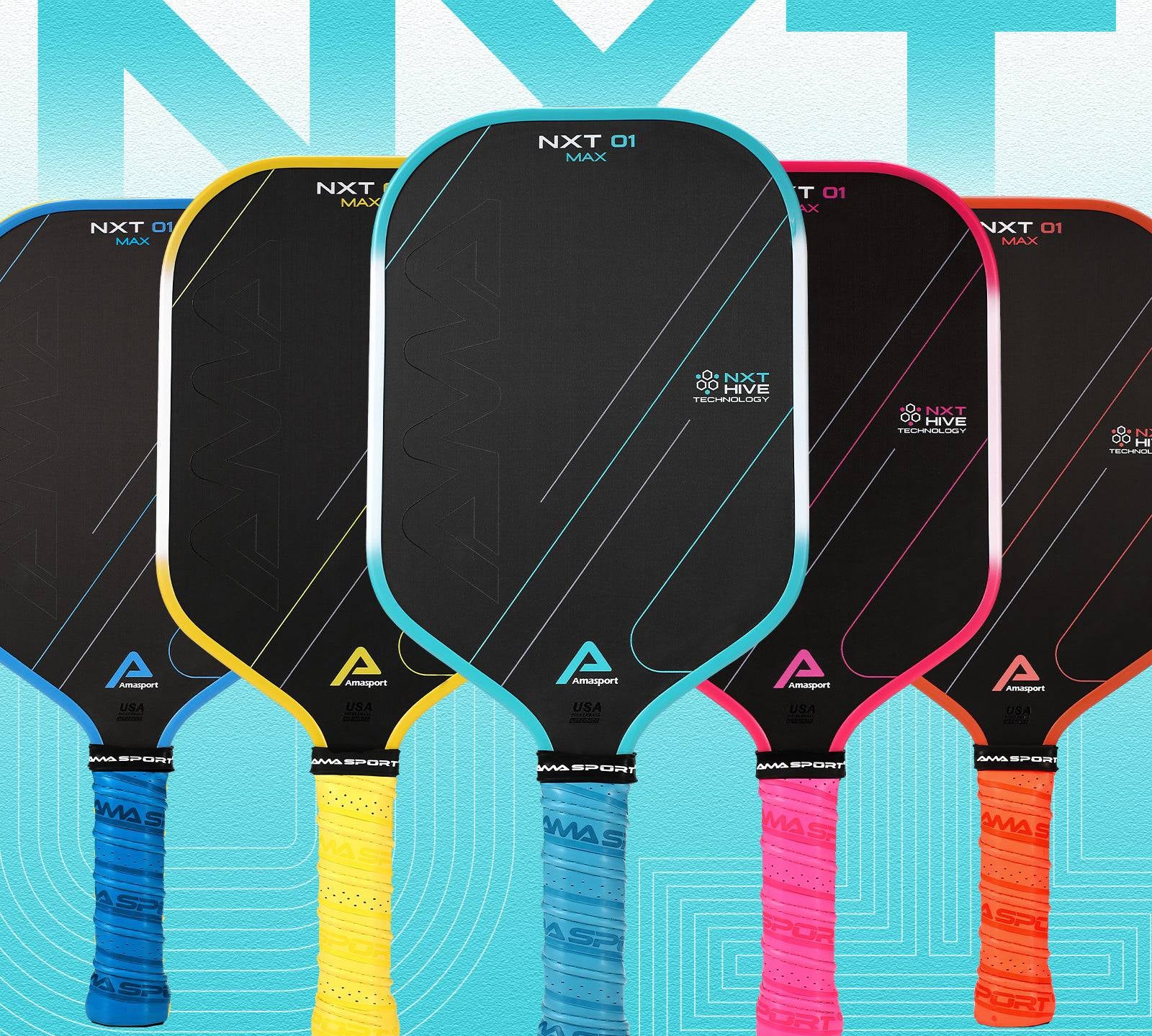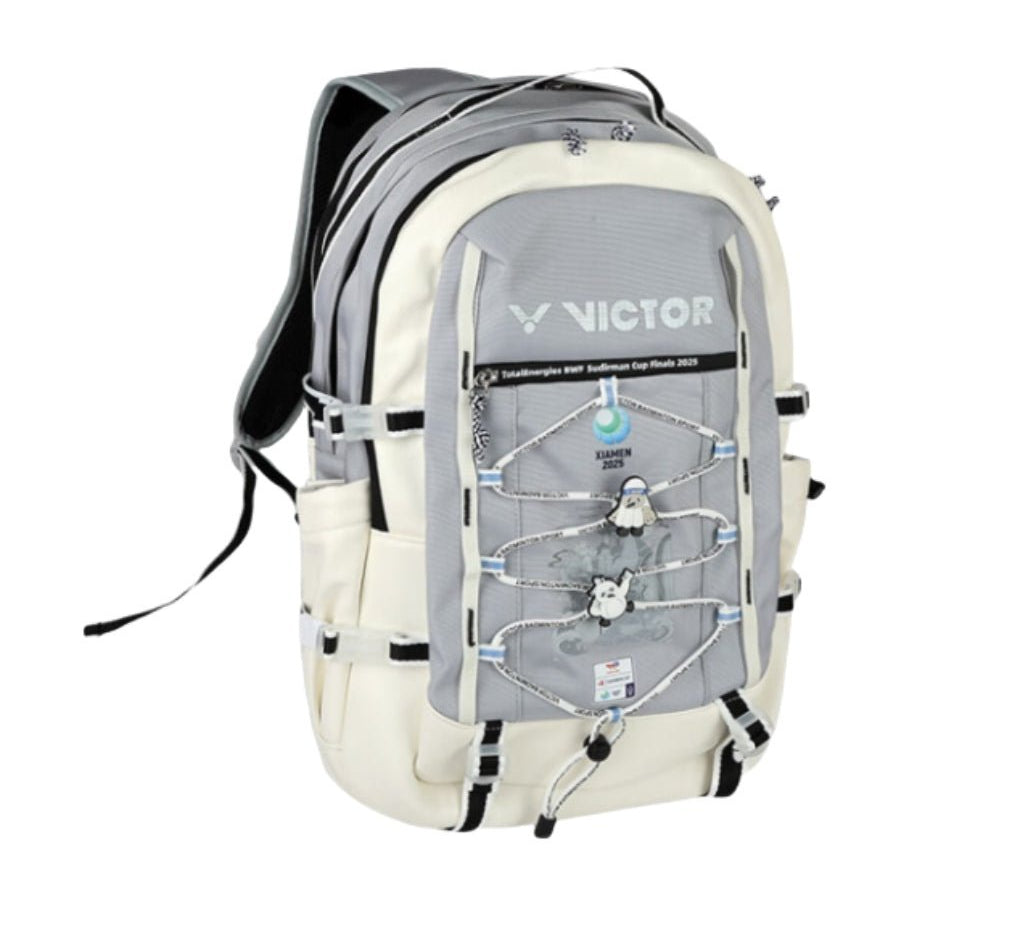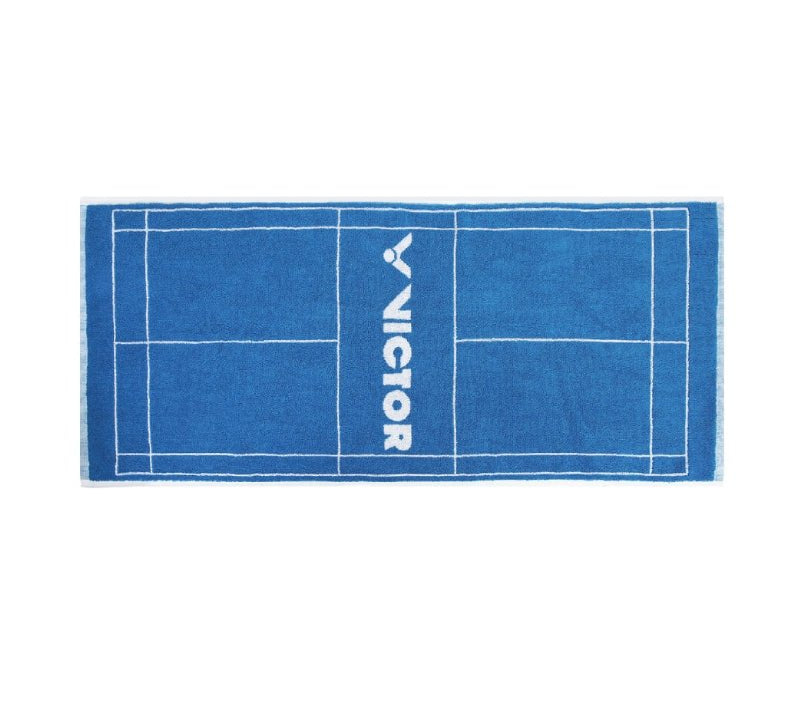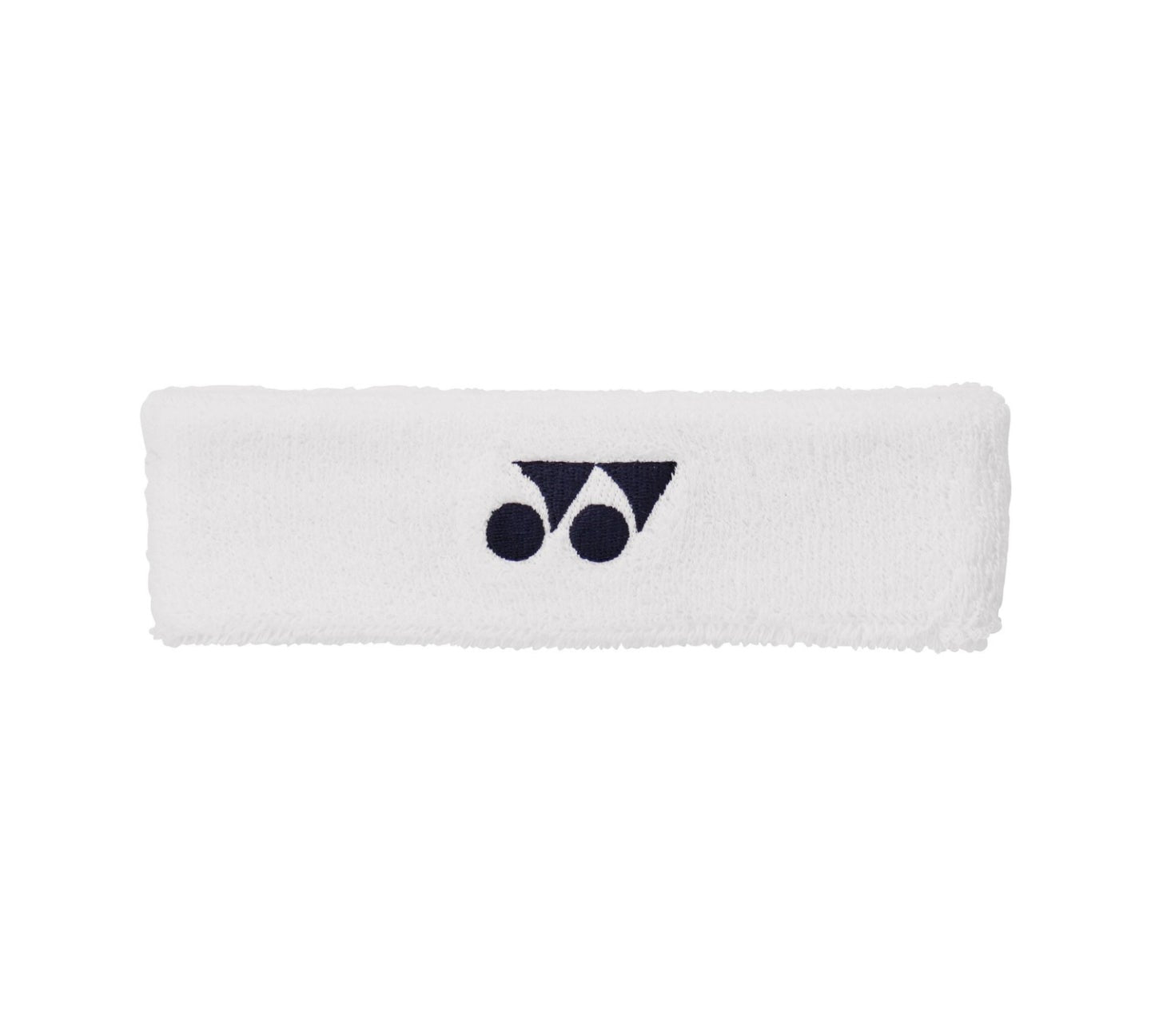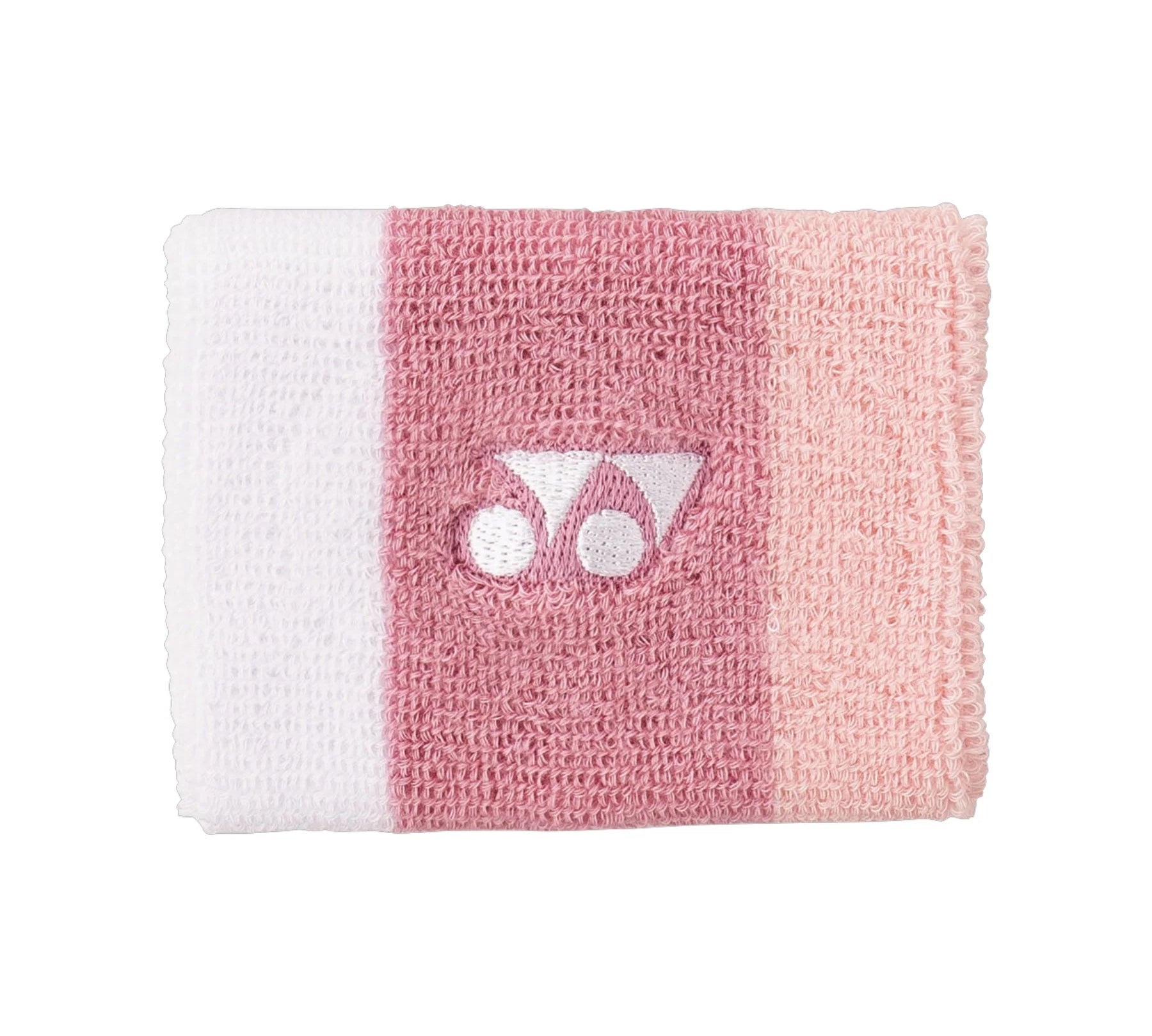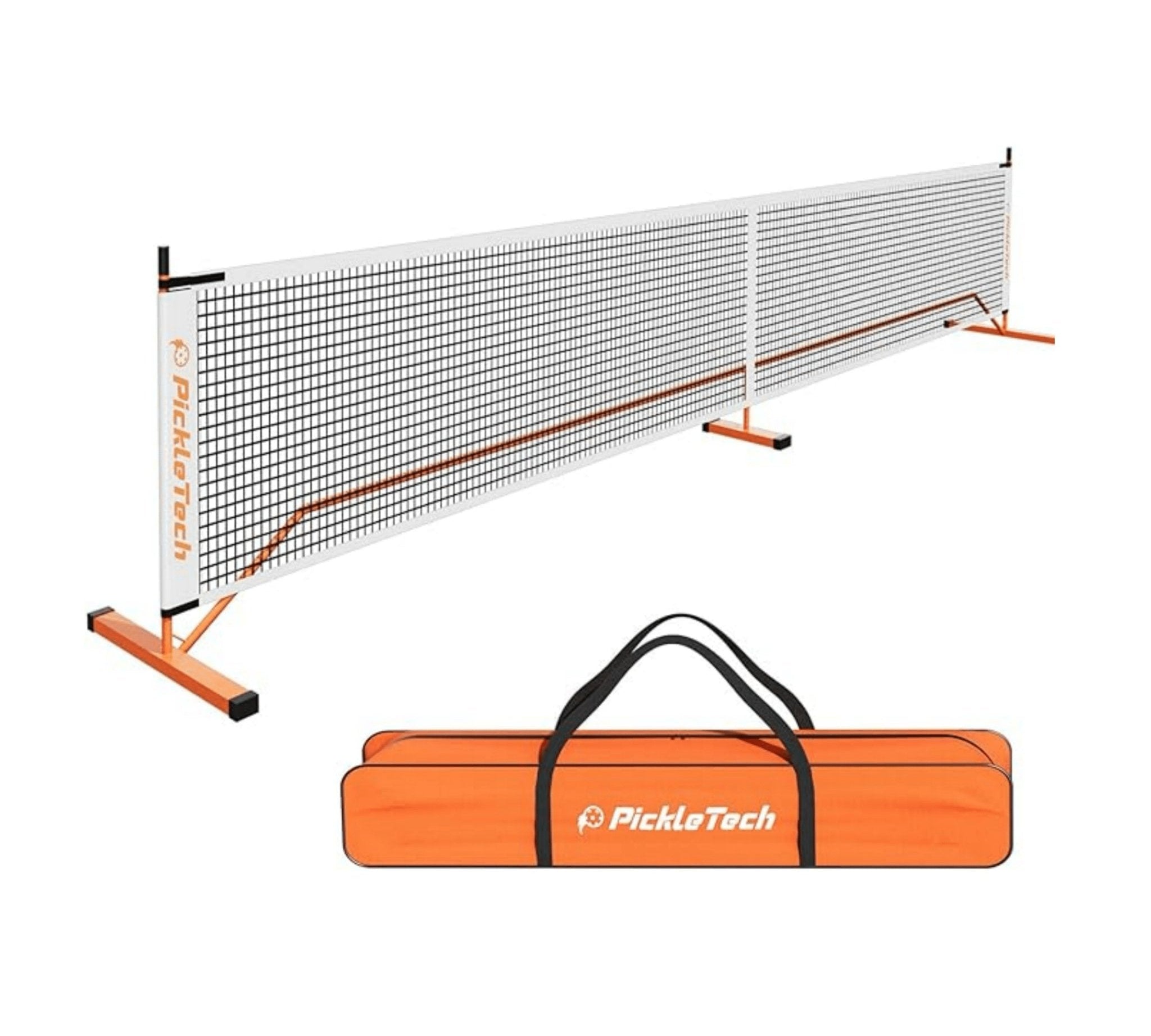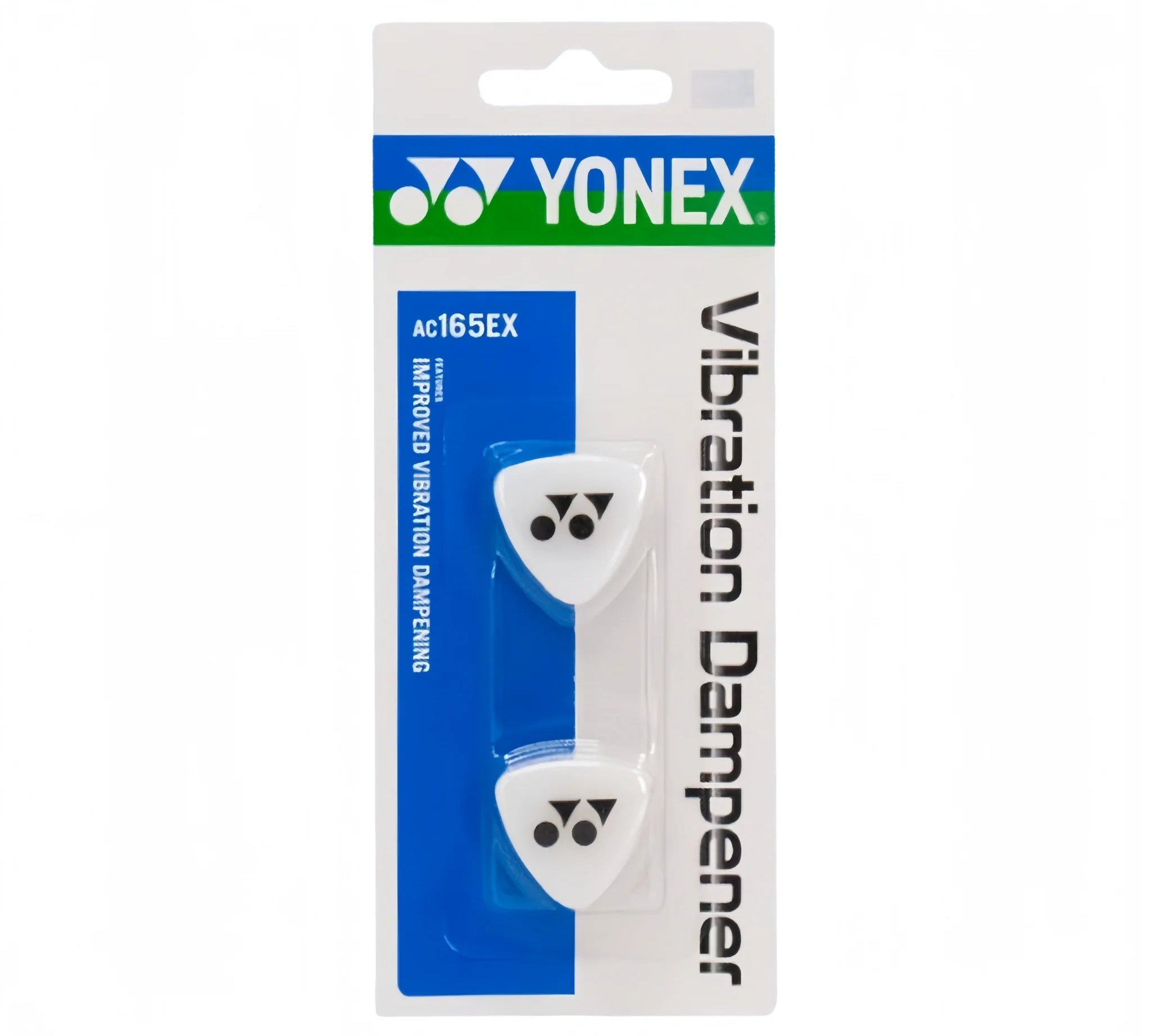Badminton is an exciting, fast-paced sport that offers a great mix of aerobic exercise, agility, and strategy. Whether you’re looking to play casually or become more competitive, having a solid training routine is essential to improve your skills. If you're just starting out, it’s important to build a routine that focuses on the fundamentals while also being engaging and progressive. Here’s how to build a badminton training routine that will help you get started on the right foot!
1. Focus on the Basics
Before diving into advanced techniques, it’s crucial to master the basic skills of badminton. These fundamentals will serve as the foundation for your game and make it easier to progress later on.
- Grip: The way you hold your racket can significantly impact your performance. Start with learning the basic grip (the forehand and backhand grip), and practice switching between them during your training.
- Footwork: Good footwork is essential in badminton, as it enables you to move quickly and get into the right position to hit the shuttle. Focus on the basic footwork drills like the split step, lunge, and side-to-side movement.
- Serving: The serve is the first shot of the game and sets the tone. Spend time practicing different types of serves, including the short and long serves. The goal is to deliver a controlled and accurate serve to your opponent’s weak spot.
2. Build a Balanced Training Plan
A balanced training routine ensures that you're developing all areas of your game, from technical skills to physical fitness. Here’s how to structure your plan:
- Warm-Up (10-15 minutes): Start with dynamic stretching and light cardio to prepare your body for training. This could include jogging, jumping jacks, or high knees. Warming up helps prevent injuries and enhances performance.
- Skill Drills (20-30 minutes): Dedicate time to practicing your basic strokes, such as the forehand and backhand clear, drop shot, and smash. Focus on hitting the shuttle accurately and consistently. You can practice these shots on your own or with a partner.
- Footwork and Agility (20-25 minutes): Badminton is a sport of quick movements, so agility is key. Include footwork drills like ladder drills or cone sprints to improve your speed and reaction time.
- Endurance Training (20-30 minutes): Badminton matches can be physically demanding, so building stamina is essential. Include aerobic exercises such as running or cycling in your routine to improve cardiovascular endurance.
- Cool Down (5-10 minutes): Finish with static stretches to improve flexibility and prevent soreness after training.
3. Consistent Practice is Key
Improvement in badminton comes with consistent practice. It’s better to train for shorter periods several times a week than to overwork yourself in one long session. Here’s how to structure your week:
- Frequency: Aim to practice at least 3-4 times per week, especially as a beginner. This allows your body to adapt to the physical demands of the sport.
- Rest Days: Ensure you have 1-2 rest days each week for recovery. Overtraining can lead to burnout or injury, so it’s important to give your body time to rest and rebuild.
4. Incorporate Game Play and Match Simulation
While drills are important for building technique, nothing beats actual gameplay. Playing with others will help you develop game awareness, strategy, and decision-making skills.
- Play with Others: Try to play with different partners who have varying skill levels. This will help you adapt to different styles of play and learn how to control the pace of the game.
- Simulate Match Situations: During practice, simulate match situations where you work on specific tactics, such as controlling the net or attacking from the backcourt.
5. Focus on Mental Training
Badminton is not just about physical skills; it’s also about mental toughness. Having the right mindset can make a huge difference in your performance. Here’s how to incorporate mental training:
- Visualization: Before playing, close your eyes and mentally visualize yourself executing your strokes, serving, and moving around the court. This helps improve focus and confidence.
- Positive Self-Talk: Remind yourself that progress takes time and that mistakes are part of learning. Stay motivated, and use setbacks as learning opportunities.
6. Track Your Progress
One of the best ways to stay motivated and improve your game is by tracking your progress. Keep a training journal where you can record your goals, achievements, and areas of improvement. You can also track things like:
- The number of successful serves or shots you hit in a practice session.
- Your times for agility drills and footwork exercises.
- Your overall endurance and fitness levels.
Review your journal regularly to assess your progress and set new goals.
7. Get the Right Equipment
Having the right equipment can make a big difference in your training experience. At Gems Sport, we offer a wide range of high-quality badminton rackets, shuttlecocks, shoes, and training accessories to help you get the most out of your routine. Whether you’re looking for a beginner racket or specialized shoes, our selection has everything you need to enhance your training.
Conclusion
Building a badminton training routine as a beginner is all about consistency, balance, and focusing on the right skills. By practicing your techniques, improving your fitness, and incorporating mental strategies, you can quickly improve your game. And remember, training doesn’t stop at the basics—always strive to challenge yourself and keep learning!
At Gems Sport, we’re here to support your badminton journey by offering high-quality gear and expert advice. Whether you’re just starting out or looking to level up your training, we’ve got you covered. Visit us today and gear up for your badminton success!













